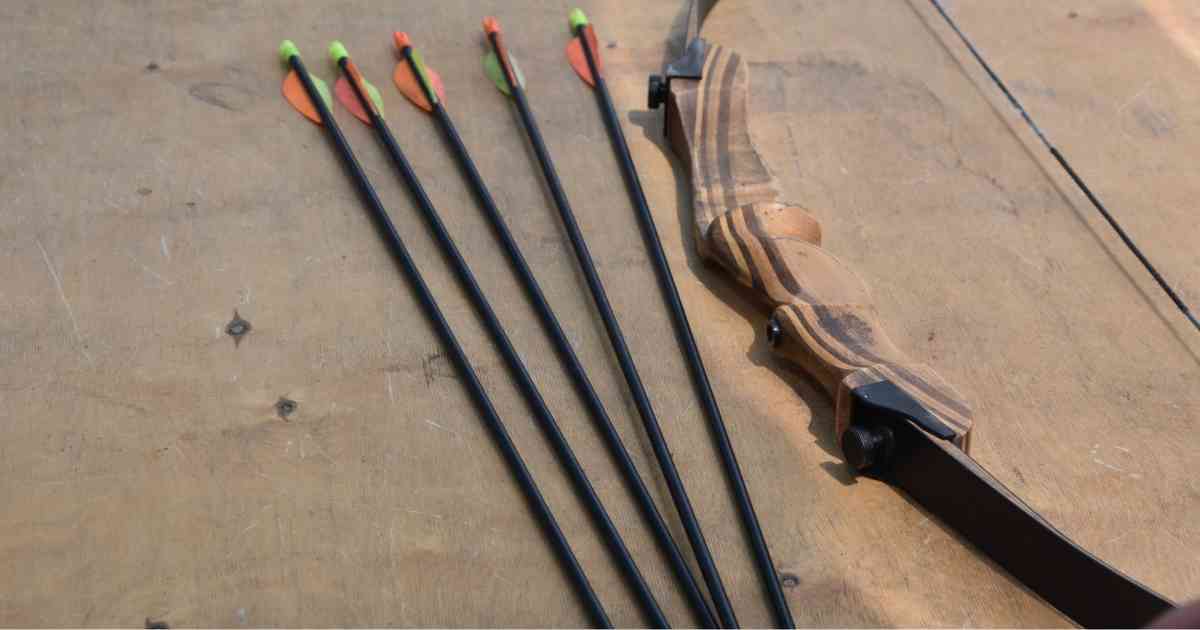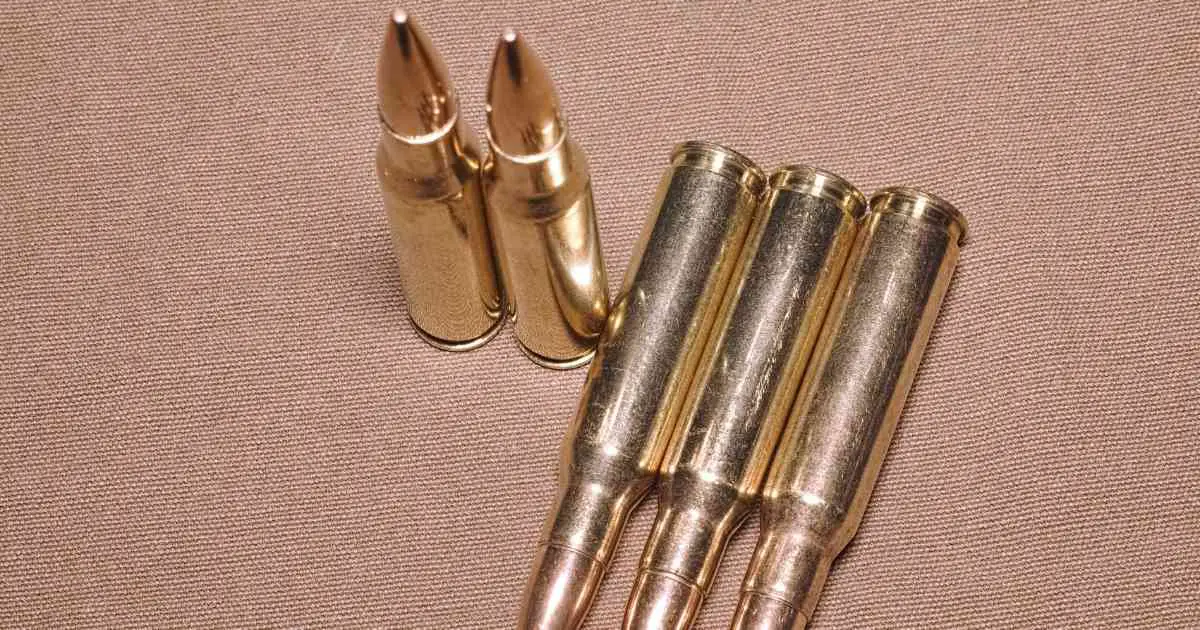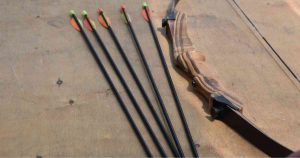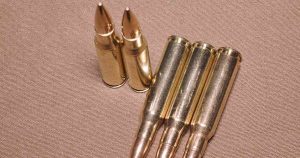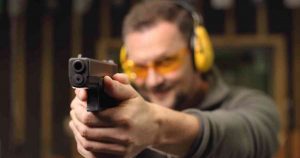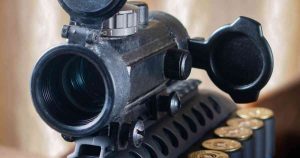Ammunition is what makes guns work as protective weapons, sports, and hunting gear. Without ammunition, the only thing left to do with a gun is putting it over your mantle as decoration.
Ammunition consists of several different parts that must be assembled appropriately for the weapon to function. The essential part of any round of ammunition is what will eventually propel and direct the bullet downrange: black powder.
So, what are the basic parts of ammunition and what goes into making a modern round of ammo? This article aims to answer this question and act as a guide for beginner marksmen!
What Are the Basic Parts of Ammunition? Overview
Cartridge Case
This is the metal casing that holds all of the other components together. It’s usually made out of brass and has a primer at one end to ignite the black powder inside.
Propellant
The black powder propellent provides the thrust to send the bullet barrelling downrange. The black powder inside a cartridge case will ignite and burn rapidly.
Projectile
This is the part of a bullet that penetrates the target you’re shooting at. The projectile can be made from lead, steel, plastic, copper-clad steel, or tungsten cores with copper jackets and may have an aerodynamic nose cone made from either lead or plastic, stabilizing the bullet in flight.

Wad
This wad helps keep the propellant gas inside the cartridge case until it’s time to be expelled. It also serves to protect the projectile from any damage as it travels down the firearm’s barrel.
The wad does more than just keep the propellant gas inside the cartridge case. It also acts like a piston that helps push the projectile down the firearm’s barrel. The wad is usually made out of plastic and has a small hole in the center that allows the propellant gas to escape. This gas will then expand and apply pressure to the back of the projectile, which will help push it down the barrel.
Primer
The primer sets off the black powder in the cartridge case and starts the chain reaction. The primer is a small metal disc located at the base of the cartridge case that contains a small amount of priming compound, which is a type of explosive.
When the trigger is pulled, the firing pin will hit the primer and cause the priming compound to explode. This will ignite the black powder inside the cartridge case, which will start the chain reaction that will propel the bullet downrange.
Projectile
The ammo projectile is designed to kill or disable. It can be a lead ball, a metal slug, or a high-velocity missile. The projectile is what does the damage to your target.
Putting all of these separate ammunition components together results in what’s called an “ammunition round”. These different parts work together to create a single unit that can be fired from a weapon. Each round has its own specific set of instructions that must be followed for it to function correctly.
If any one of these components is missing or out of place, the round will misfire and could even cause damage to the weapon or person firing.
Brief History of Ammunition
The history of ammunition is a long and fascinating one. It spans more than two hundred years, from the first rounds of black powder muskets to the advanced high-velocity rounds used in modern firearms.
The basic components have remained largely unchanged over that time, with only minor adjustments made to accommodate new technologies. Black powder is still the primary propellant used in most ammunition, although some specialized rounds use different propellant types.
Despite all of our advances in technology, the basics of ammunition still remain the same. Understanding what goes into making a round of ammo can help you appreciate just how complex this tiny cartridge is.
Putting the Basic Ammunition Round Together
Now that you know the answer to the question, “what are the basic parts of ammunition?”, let’s look at how they all come together.
- The first step is to put the cartridge case together. This is done by loading the propellant into the case and then pressing in the primer. The projectile is then loaded into the front of the case, followed by the wad.
- The wad serves two purposes: It keeps the projectile from coming out of the front of the case, and it also acts as a seal between the propellant and air. This prevents any gas from escaping from around the bullet, which could cause problems with recoil or accuracy.
- Once everything is loaded up, the cartridge is crimped shut so that it will stay together during firing. Most modern firearms use what’s referred to as a “centerfire” cartridge, which means that the primer cap is actually in the center of the case. This allows for better ignition and more accurate firing down range.
Once all of these rounds have been put together correctly, they’re ready to be loaded into whatever firearm you intend on using them with. Ammunition can come in different sizes depending upon what type of weapon it was made for.
Still, most standard combat rifles will accept ammunition from .22 long rifles up through larger calibers like 50 BMG or even 20mm Vulcan cannons found on helicopters.
Final Thoughts
What are the basic parts of ammunition?
As you can see, there’s a lot more to ammunition than just a bullet and some powder. Understanding the basics of what goes into making a round will help you appreciate the complexity and engineering that goes into every one of these little cartridges.
So, the next time you’re out at the range, take a moment to watch how the rounds are loaded into the weapon and fired off downrange.


